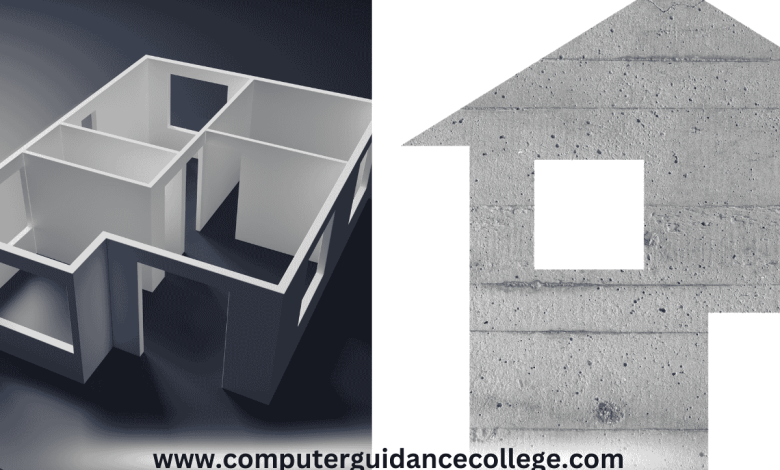2D-3D Models

Course Description:
This course provides a fundamental understanding of 2D and 3D modeling techniques, covering concepts, tools, and applications in various fields such as engineering, architecture, gaming, animation, and product design. Students will learn how to create, manipulate, and visualize 2D sketches and transform them into 3D models using industry-standard software. The course emphasizes both technical skills and creative problem-solving, equipping learners with the ability to design and present 3D models effectively.
Course Objectives:
By the end of this course, students will be able to:
- Understand the principles of 2D and 3D modeling.
- Develop technical drawings and sketches in 2D.
- Convert 2D drawings into 3D models using various techniques.
- Utilize industry-standard software for 3D modeling and rendering.
- Apply textures, materials, and lighting to enhance 3D models.
- Understand real-world applications of 2D and 3D modeling in different industries.
Course Modules:
Module 1: Introduction to 2D and 3D Modeling
- Fundamentals of 2D and 3D design
- Overview of industry applications (architecture, animation, gaming, engineering)
- Introduction to modeling software (AutoCAD, Blender, SolidWorks, Maya, etc.)
Module 2: 2D Drawing and Drafting
- Basic sketching and digital drafting
- Technical drawing principles (orthographic projections, isometric views)
- Layer management and annotation techniques
Module 3: Transition from 2D to 3D
- Extrusion, lofting, and revolution techniques
- Converting 2D blueprints into 3D models
- Boolean operations and mesh modeling
Module 4: Advanced 3D Modeling Techniques
- Parametric and organic modeling
- Sculpting and subdivision surfaces
- Procedural modeling and automation
Module 5: Texturing, Lighting, and Rendering
- Applying materials and textures
- Realistic lighting and environment settings
- Rendering techniques and post-processing
Module 6: Industry Applications & Final Project
- Case studies from architecture, gaming, animation, and engineering
- Optimization for 3D printing and manufacturing
- Capstone project: Designing a complete 3D model with presentation
Assessment & Evaluation:
- Assignments: Weekly exercises on modeling techniques (30%)
- Quizzes: Knowledge checks on software tools and methods (10%)
- Midterm Project: A detailed 2D-to-3D conversion task (20%)
- Final Project: Complete 3D model with textures and rendering (40%)